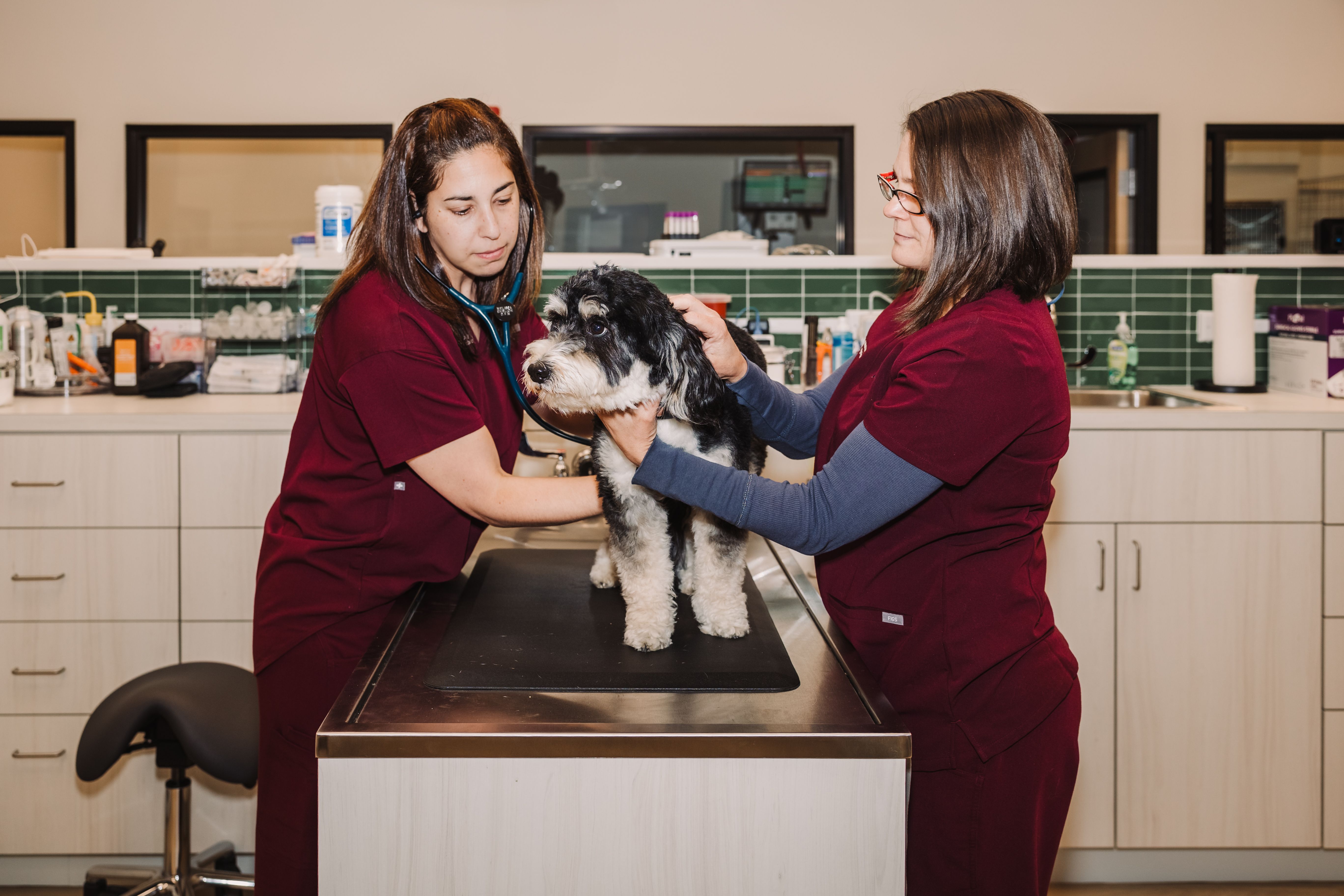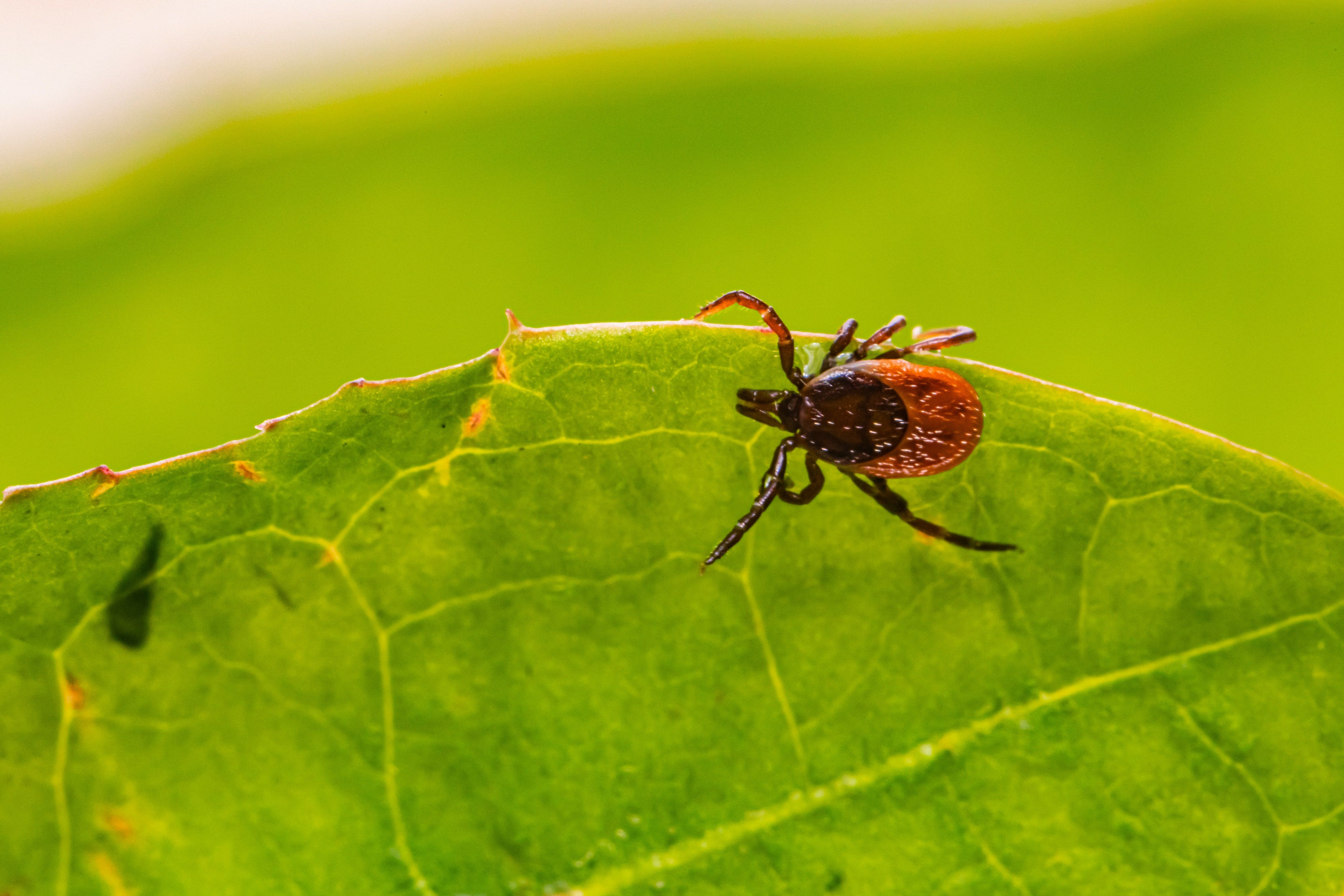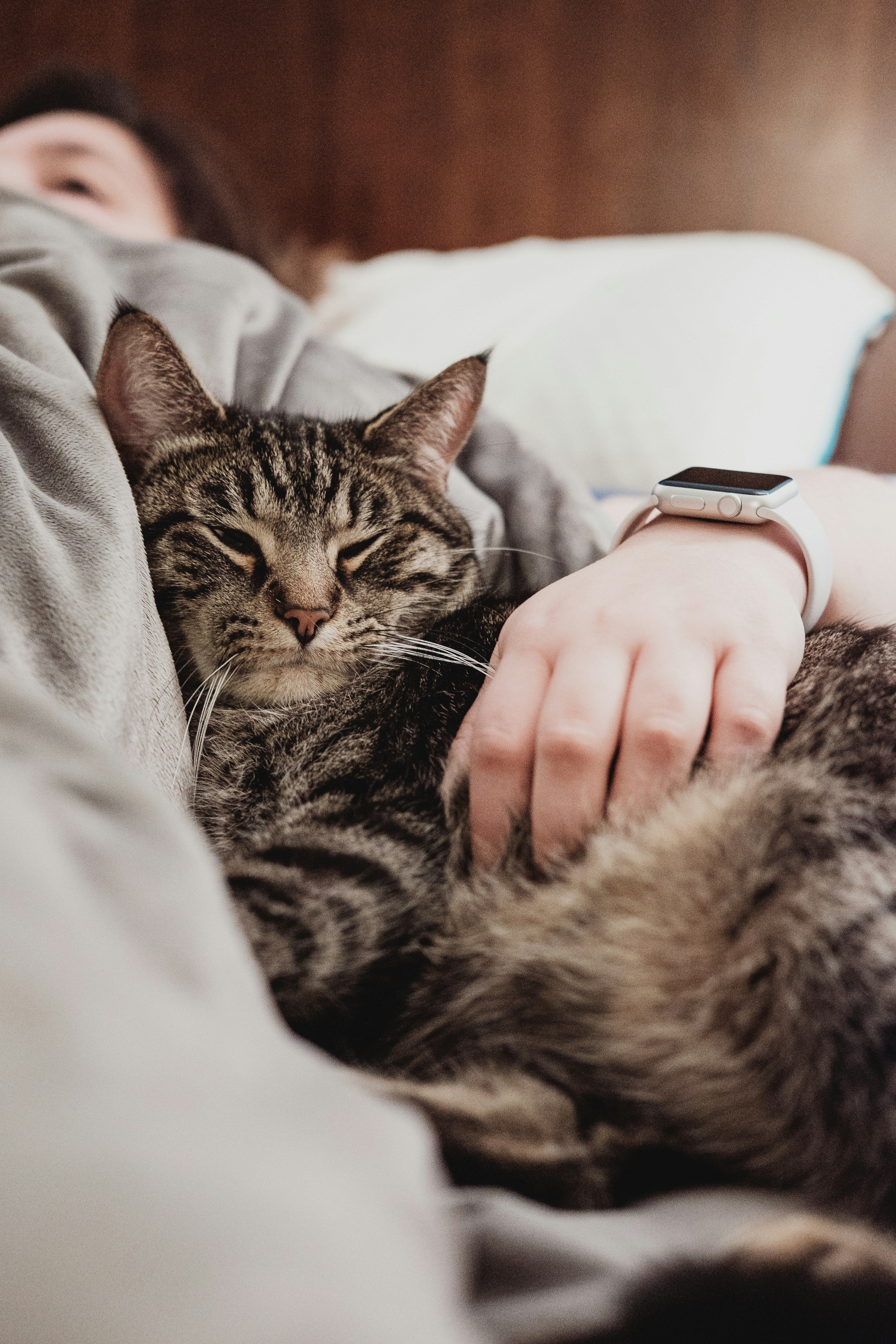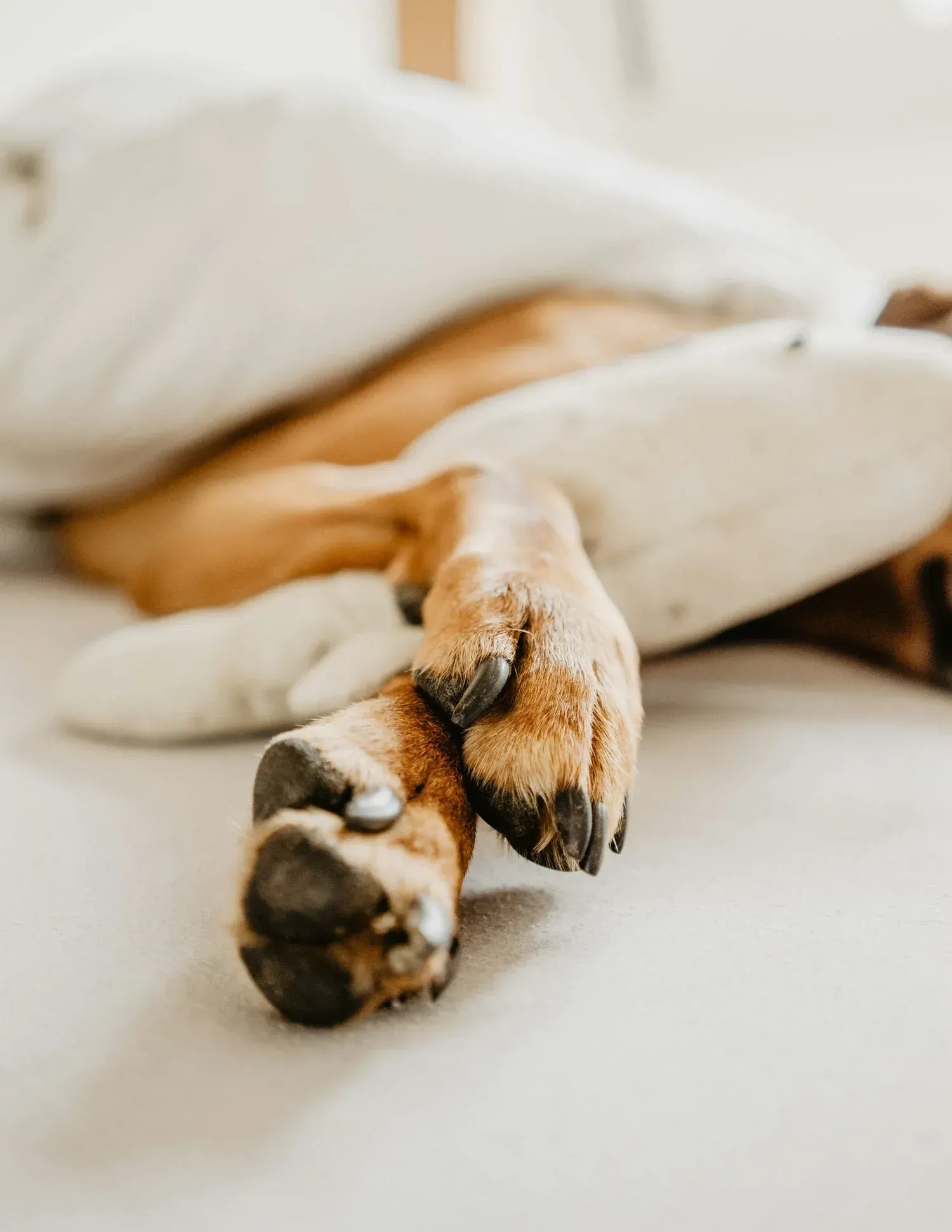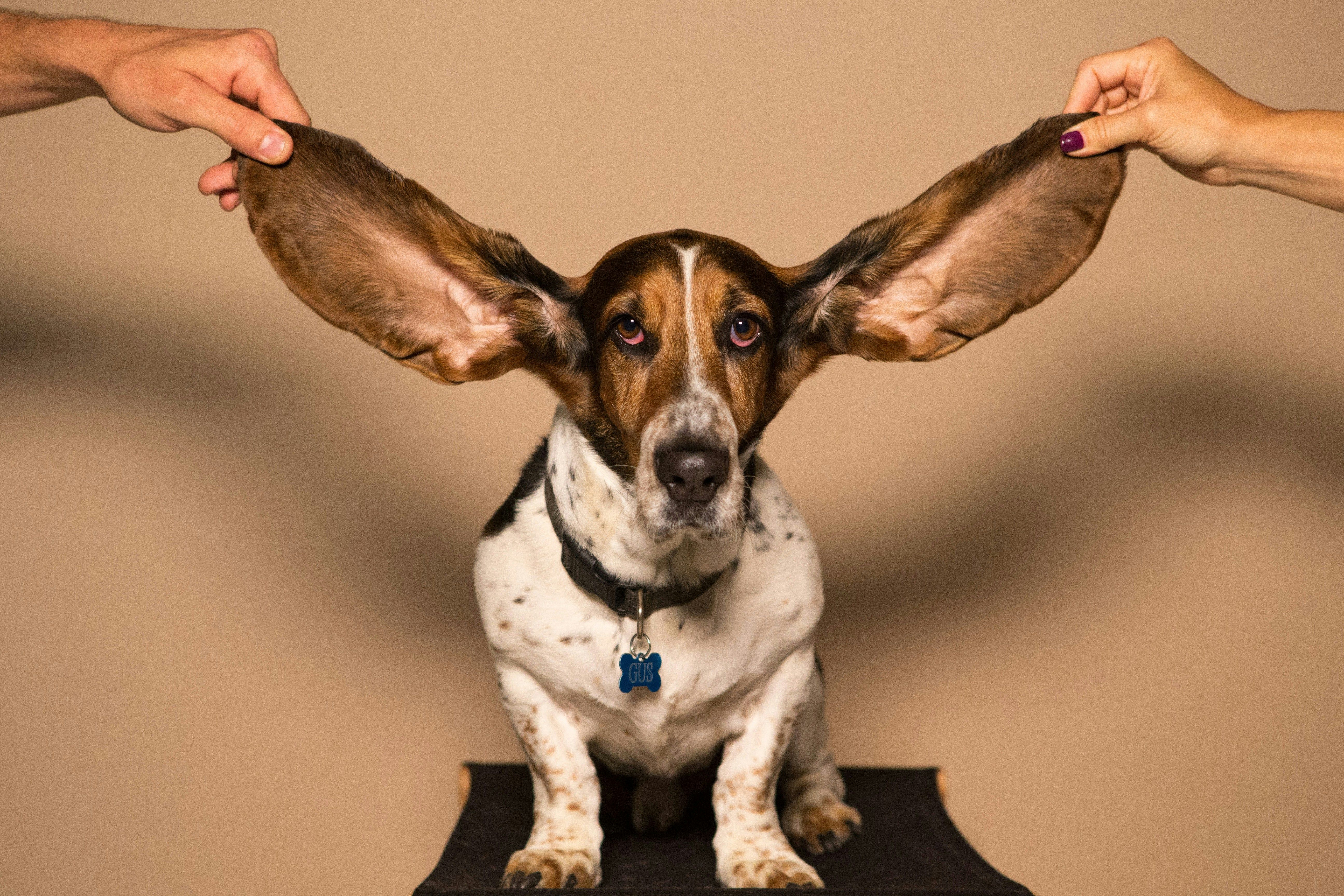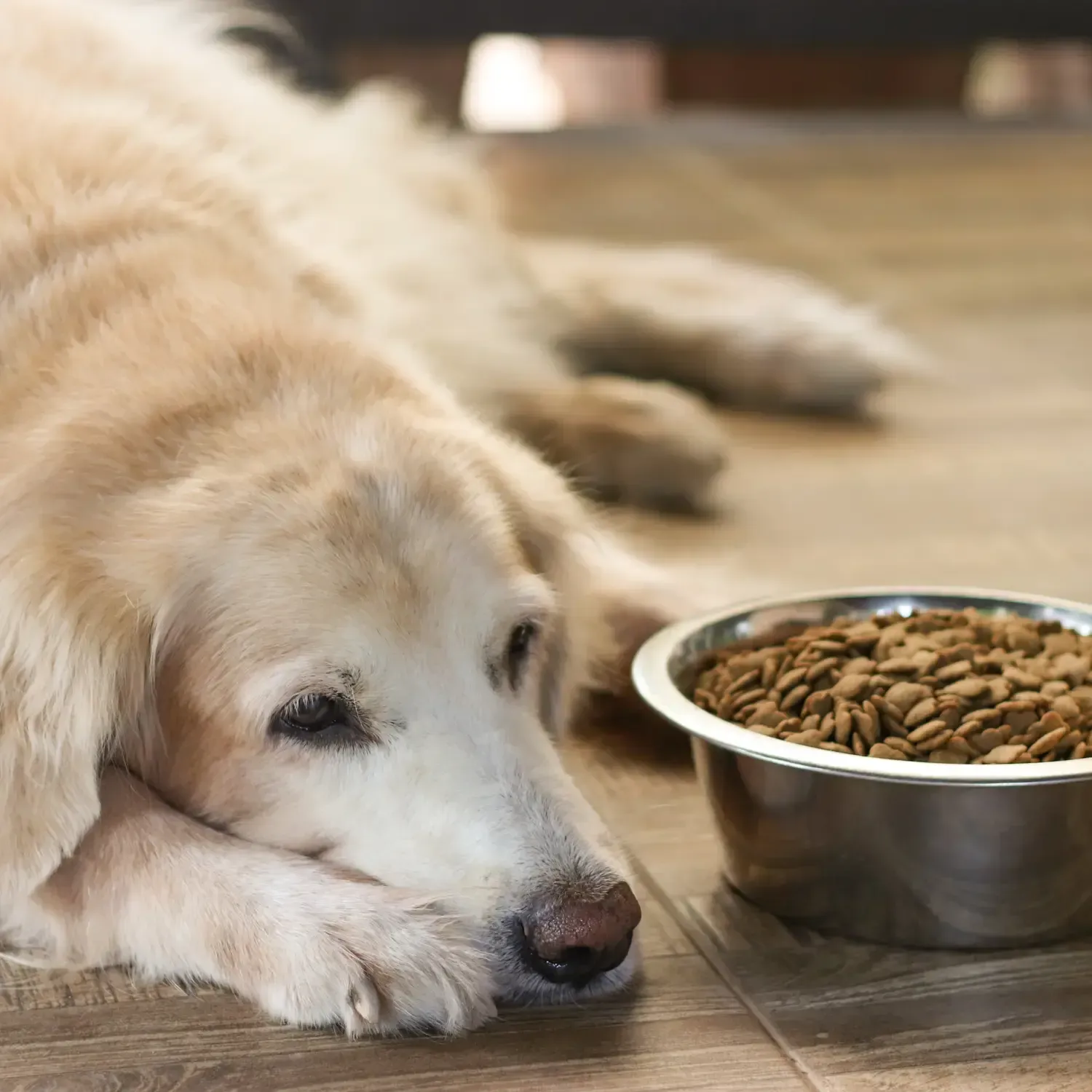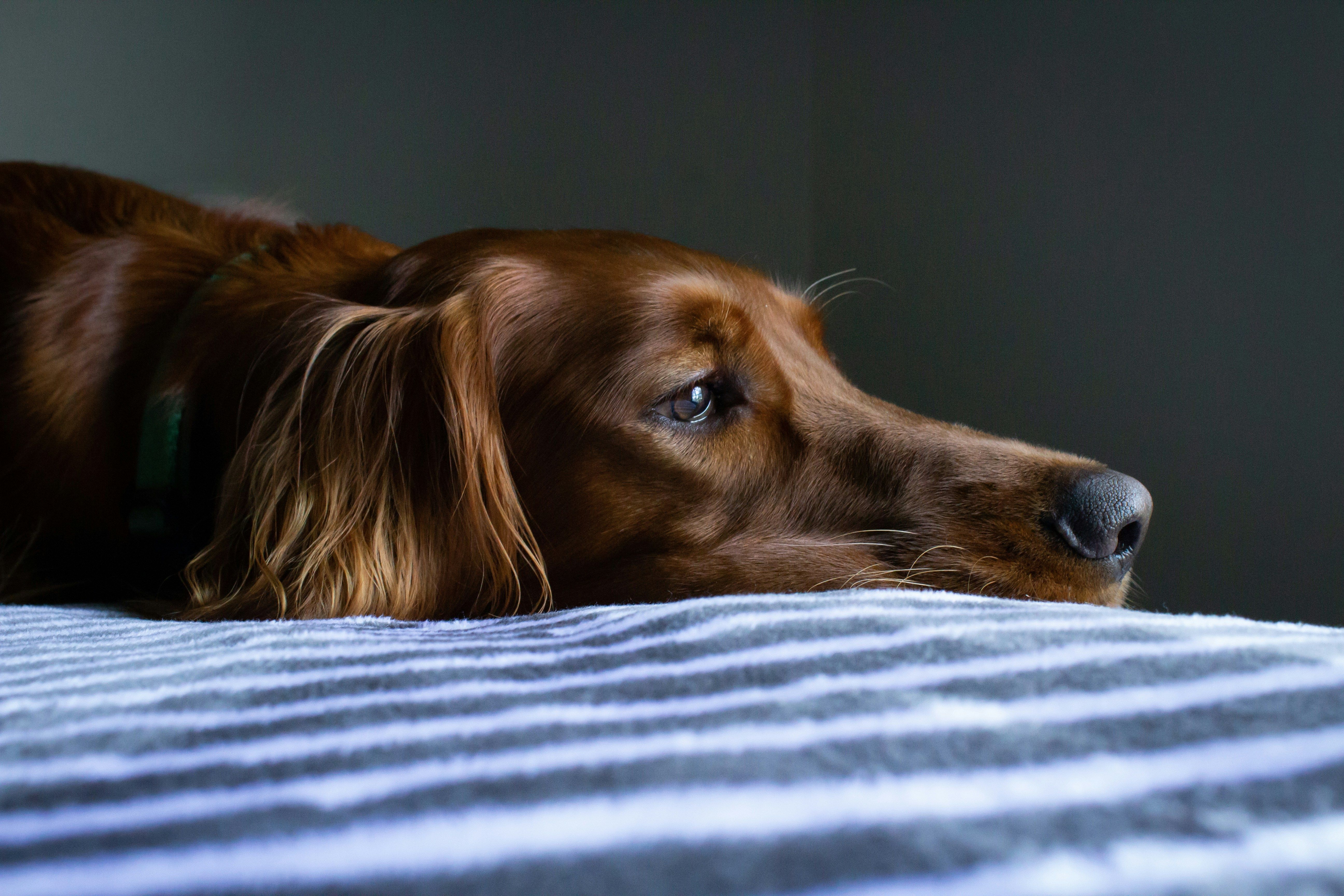What are Anal Glands?
Anal glands, also known as anal sacs, are small, pea-sized scent glands located on either side of your pet’s anus around the 4 o’clock and 8 o’clock positions. These glands produce a strong-smelling mucus used for marking territory and communicating with other animals. Normally, these glands express automatically during defecation, releasing a small amount of their secretion along with your pet’s stool. It’s when these glands don’t express normally that they become an offensive problem.
Common Anal Gland Problems in Dogs and Cats
Anal gland issues can range from mild discomfort to serious health concerns in both dogs and cats. Here are the most common problems:
- Anal Gland Impaction: When anal glands do not empty naturally, their secretions can thicken, causing the glands to become distended. This often leads to discomfort, and you may notice your pet scooting or licking their rear end. If your pet cannot express the glands on their own, a veterinarian may need to manually express them. Some pets require monthly anal gland expression, while others rarely experience issues.
- Anal Gland Sacculitis: If impaction continues, the glands can become inflamed and more painful. Bacteria may then invade, leading to a true infection known as sacculitis. Prompt treatment is essential to prevent escalation.
- Anal Gland Abscess: An infected and swollen anal gland often ruptures through the skin, forming an abscess. Once the abscess ruptures on its own or is lanced by a veterinarian, your pet will feel immediate relief. Treatment typically includes antibiotics and pain medication to resolve the infection and reduce inflammation.
- Anal Gland Tumors: Anal gland tumors are much less common than other issues but carry a more guarded prognosis. Most are malignant adenocarcinomas. Pets may show signs such as scooting, licking, or visible swelling near the anus. In other cases, tumors are discovered during routine veterinary exams without any symptoms. Recommended treatment includes surgical removal followed by chemotherapy.
Symptoms of Anal Gland Problems in Pets
Recognizing the signs of anal gland issues early can help prevent discomfort and complications in dogs and cats. Here are the most common symptoms:
- Scooting in Pets: Scooting is one of the most recognizable signs of anal gland problems. If you see your pet dragging their rear along the carpet or floor, it’s not a playful behavior. They’re attempting to apply pressure to their anal glands to encourage expression. If scooting persists, consult your veterinarian for an examination, and remember to clean any affected surfaces.
- Excessive Licking: In addition to scooting, pets may excessively lick their rear end to relieve discomfort caused by anal glands.
- Swelling or Redness Around the Anus: Look for visible swelling or redness in the skin surrounding the anus, which can indicate inflammation or infection.
- Blood Presence: You may notice blood in your pet's stool, on their fur, or on surfaces like carpets, signaling a potential anal gland issue.
Causes of Anal Gland Problems in Pets
Excluding tumors, several factors can contribute to anal gland issues in dogs and cats. Understanding these causes can help pet owners take preventive steps. Here are the primary contributors:
- Abnormal Anatomy: Pets with small or narrow anal glands may struggle to empty them naturally, increasing the risk of impaction and related problems.
- Irregular Bowel Movements: Conditions like diarrhea fail to apply the necessary pressure to the anal glands during defecation, unlike normal, formed stool that passes through the anal gland openings effectively.
- Dietary Factors: Diets that lead to inconsistent stool consistency can prevent proper anal gland expression, making issues more likely.
- Allergies or Skin Sensitivities: Allergic reactions or skin sensitivities can cause inflammation around the anal area, affecting gland function and leading to discomfort.
- Obesity: Overweight pets often face challenges with natural anal gland emptying due to excess body fat and reduced mobility.
- Infectious or Parasitic Conditions: Infections or parasites in the digestive system can disrupt normal bowel habits and gland expression, contributing to ongoing problems.
How Can Anal Gland Issues Be Prevented?
While some anal gland issues are unavoidable, you can reduce the risk of impaction and abscess formation by:
- Feeding a high-quality, fiber-rich diet to promote healthy bowel movements
- Maintaining a healthy weight
- Regularly checking your pet’s rear end for signs of swelling or discomfort
- Scheduling routine veterinary check-ups
The Sweet Smell of Success
Anal gland issues can cause significant discomfort for your pet while creating unpleasant odors in your home. By ensuring regular bowel movements and scheduling routine veterinary exams, you can help keep your pet's anal glands healthy and odor-free. If problems arise, such as impaction, infection, or abscess, Ruby Veterinary Urgent Care provides expert care to restore your pet's comfort quickly. Contact us today for prompt treatment and personalized advice on managing anal gland health in dogs and cats.
